time:2024-02-26
Naturally cross-linked low-smoke halogen-free flame retardant polyolefin cable material
一
Preface
With the orderly advancement of the carbon emission peak and carbon neutrality targets, China's new energy sources, such as wind power and solar power, have gained strong momentum. According to data from the National Energy Administration: by the end of 2023, the country's cumulative installed capacity of solar power generation was about 610 million kilowatts, with a year-on-year increase of 55.2 percent, and photovoltaic power generation has become the mainstay of China's new power supply installed capacity and new power generation capacity.
Benefiting from the booming development of photovoltaic modules, one of its important components, "photovoltaic cables", will also continue to grow. At present, China's photovoltaic cable production capacity accounts for more than 70% of the world's total; from this volume, the development, production and quality improvement of China's photovoltaic cable is of great significance.
For high-end applications, Wanma Macromolecule has continuously increased R&D investment, actively innovated, and successfully developed natural cross-linked low-smoke halogen-free flame retardant polyolefin cable materials, and passed the world's first batch of silane cross-linked photovoltaic cable materials 2PFG1169, EN50618, IEC62930 three certifications.
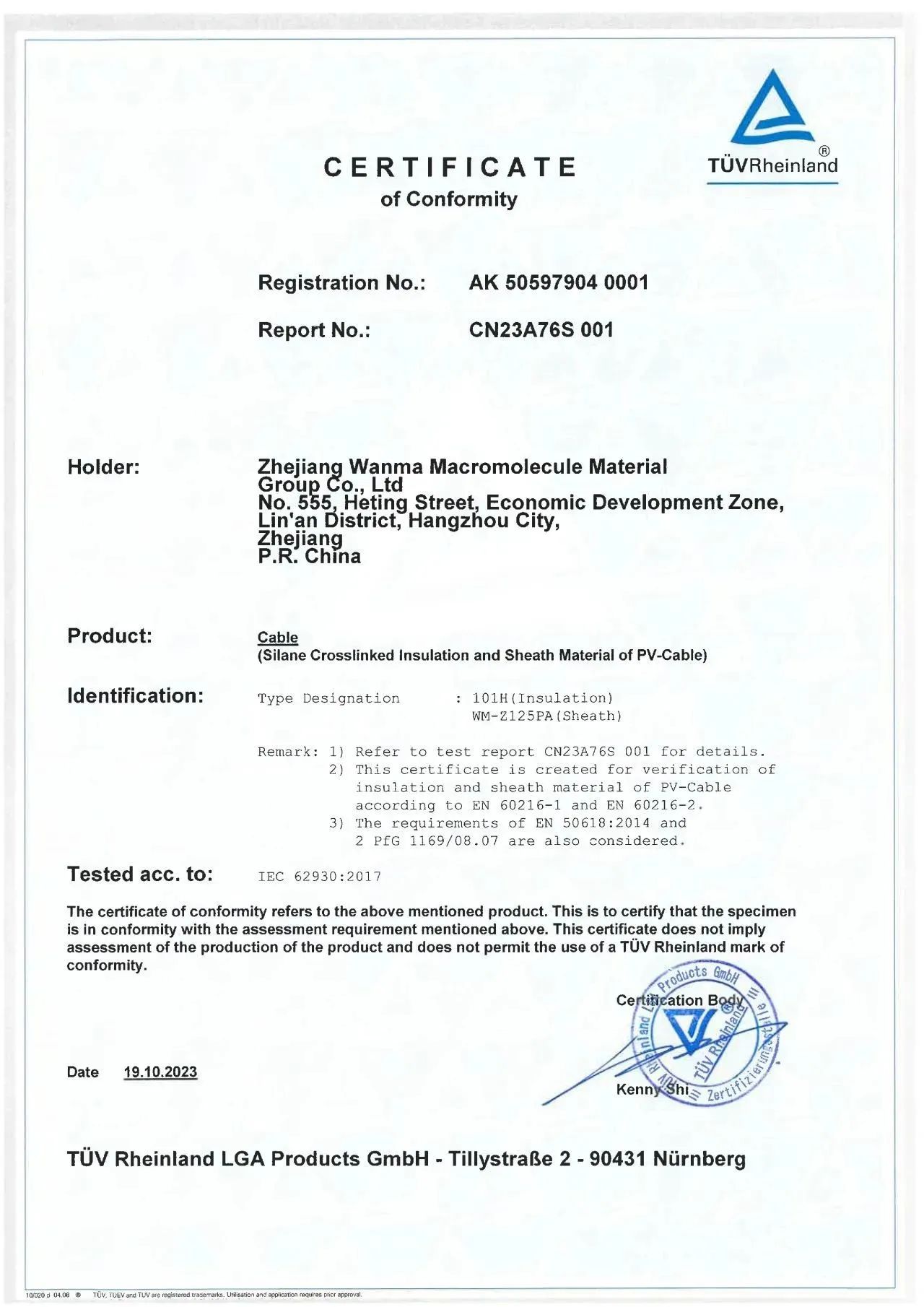
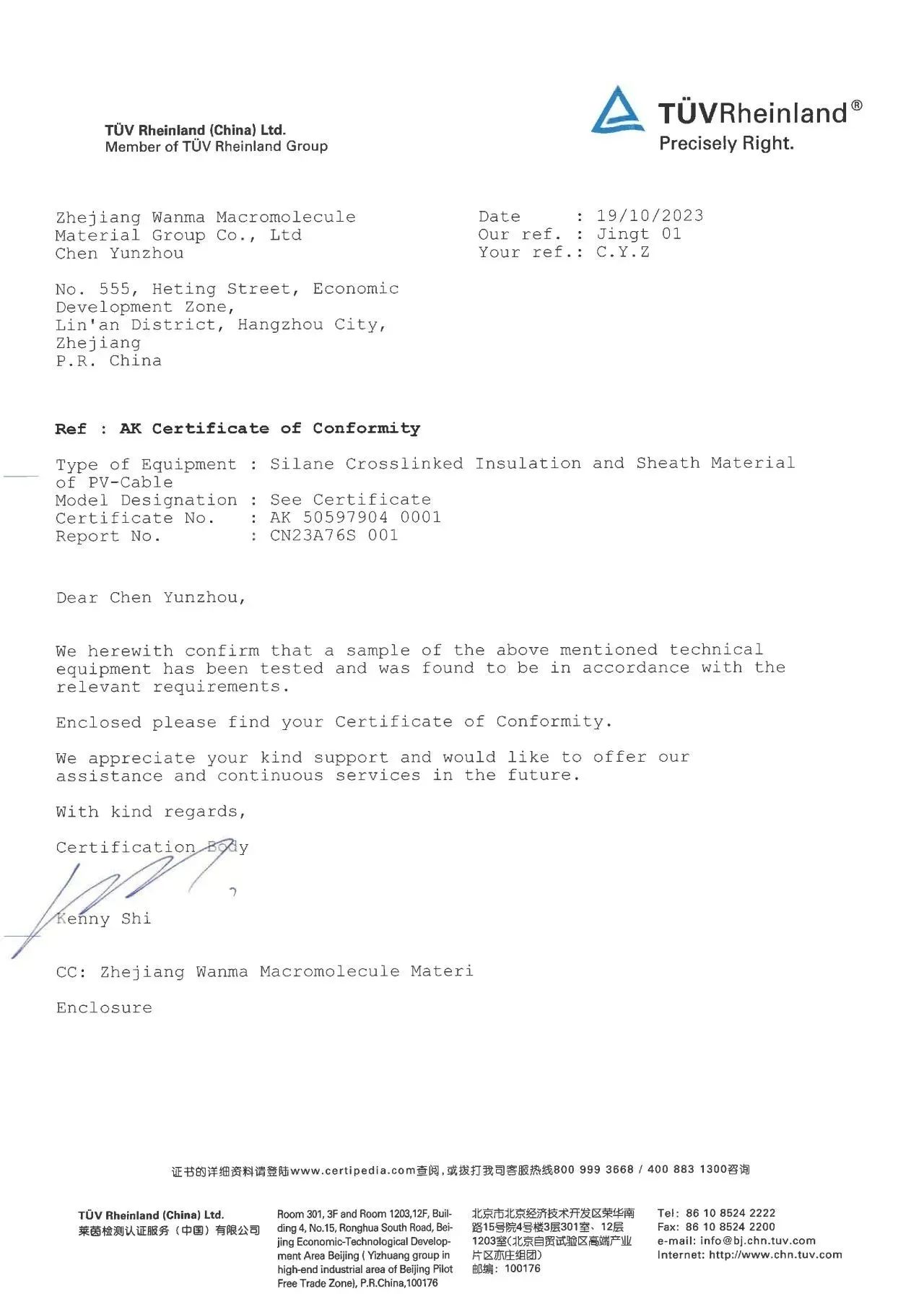
二
Relevant standards for photovoltaic cables
At present, there are four main types of international photovoltaic cable standards, namely EN50618, IEC62930, 2Pfg1169, and UL4703, and the standard performance is shown in Table 1.
Table 1: Comparison of international photovoltaic cable standards
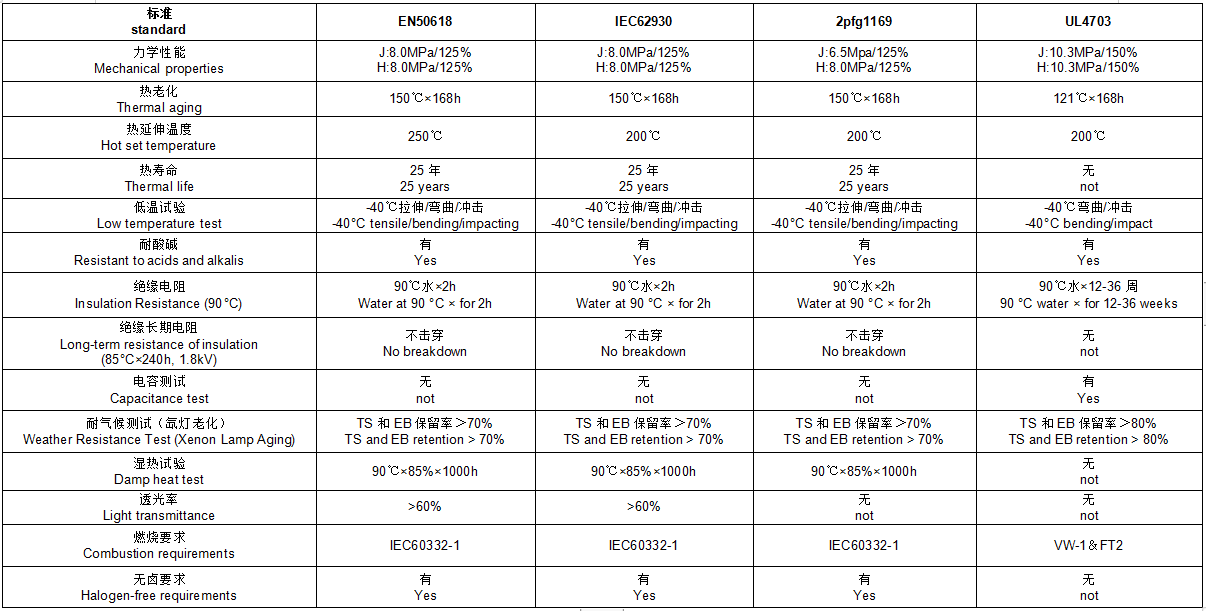
From the comparison of standards, the main difference between the four types of standards is: except for UL4703, other standards are required to be halogen-free materials.
At present, our self-crosslinking low-smoke halogen-free flame retardant polyolefin cable material (insulation: 101H; sheath: WM-Z125PA) covers the three types of standards for halogen-free materials for photovoltaic cables, and has successfully passed the world's first batch three certifications of silane cross-linked photovoltaic cable materials 2PFG1169, EN50618 and IEC62930.
三
1、Analysis of the mechanism of natural cross-linking and irradiation cross-linking
The crosslinking methods of low-smoke halogen-free flame-retardant polyolefin cable materials used in photovoltaic cables are mainly divided into two categories: irradiation cross-linking type and silane cross-linking type. There are obvious differences in the mechanism of the two types of cross-linking methods.
Irradiation cross-linking refers to the high-energy electrons emitted by the electron accelerator electron gun at room temperature and pressure, which bombards the polymer of low-smoke halogen-free flame-retardant materials to produce free radicals, and then the free radicals interact and then cross-link reactions, so that the polymer changes from the original linear structure to a space network structure, and directly connects the C-C bonds.
From the perspective of irradiation cross-linking mechanism,electron-accelerated irradiation can not only cross-link organic polymers, but also degrade them, and at the same time, the external energy will consume small molecule substances such as antioxidants in the material, resulting in poor aging performance and color change of the material before and after irradiation, and certain damage to the material (the damage to the material cannot be quantified).
Silane cross-linking refers to the loss of H atoms on tertiary carbon atoms by the free radicals of the peroxide initiator during the grafting process, which react with the -CH = CH2 group of vinyl silane to form a grafted polymer containing trioxysilyl ester group.
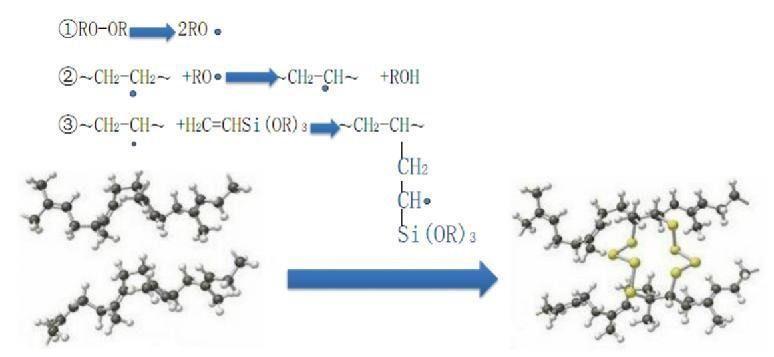
The grafted polymer is hydrolyzed under the action of water to form silanol, and -OH condenses with the adjacent Si-O-H group to form a Si-O-Si bond, resulting in cross-linking between polymer macromolecules.
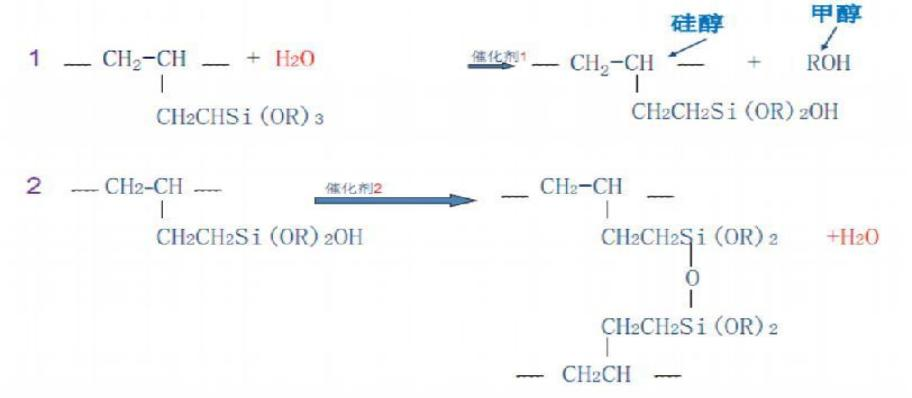
Silane cross-linking is to combine the silane with the resin first, and then hydrolyze the alkoxy group in the silane with water to form silanol, and then dehydrate and condense the silans to form Si-O-Si bonds to achieve the purpose of cross-linking; this process has little damage to the structure of organic polymers, belongs to intermolecular chemical reactions, and does not consume small molecule substances such as antioxidants in the system.
2、Comparison of natural crosslinking and irradiation crosslinking performance
1)Performance comparison after aging experiment
Table 2: Comparison of irradiation cross-linked low-smoke halogen-free aging performance
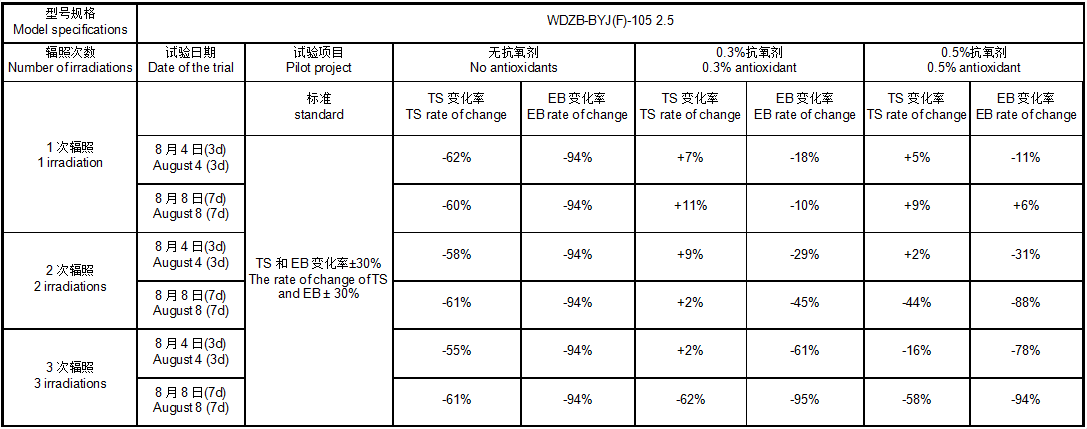
Table 3: Natural cross-linked low-smoke halogen-free aging performance
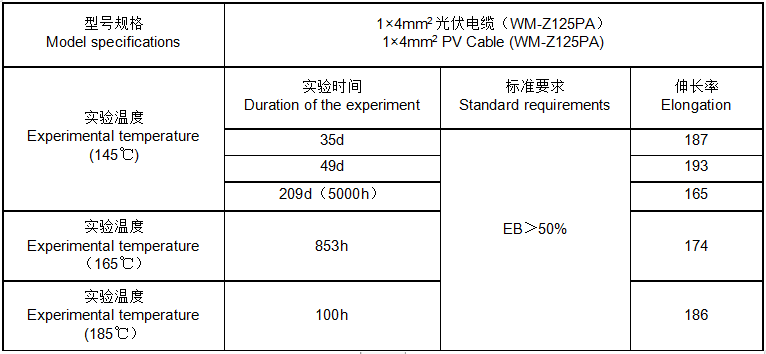
From the above experimental data, the cable prepared by irradiation cross-linked polyolefin, after one or more irradiation, the material consumes a certain amount of antioxidant, and the anti-aging performance of the material decreases sharply, which fully verifies the mechanism of small molecule substances such as antioxidants in the irradiation cross-linked consumable material, while the elongation at break of the cable made of natural cross-linked polyolefin is greater than 50%. It can meet the standard requirements of photovoltaic cables, which further verifies that the self-crosslinking low-smoke halogen-free flame-retardant polyolefin cable material has excellent long-term aging resistance.
The cables prepared by irradiated cross-linked polyolefin cable material and natural cross-linked polyolefin cable material were subjected to aging experiments and their appearance was observed.
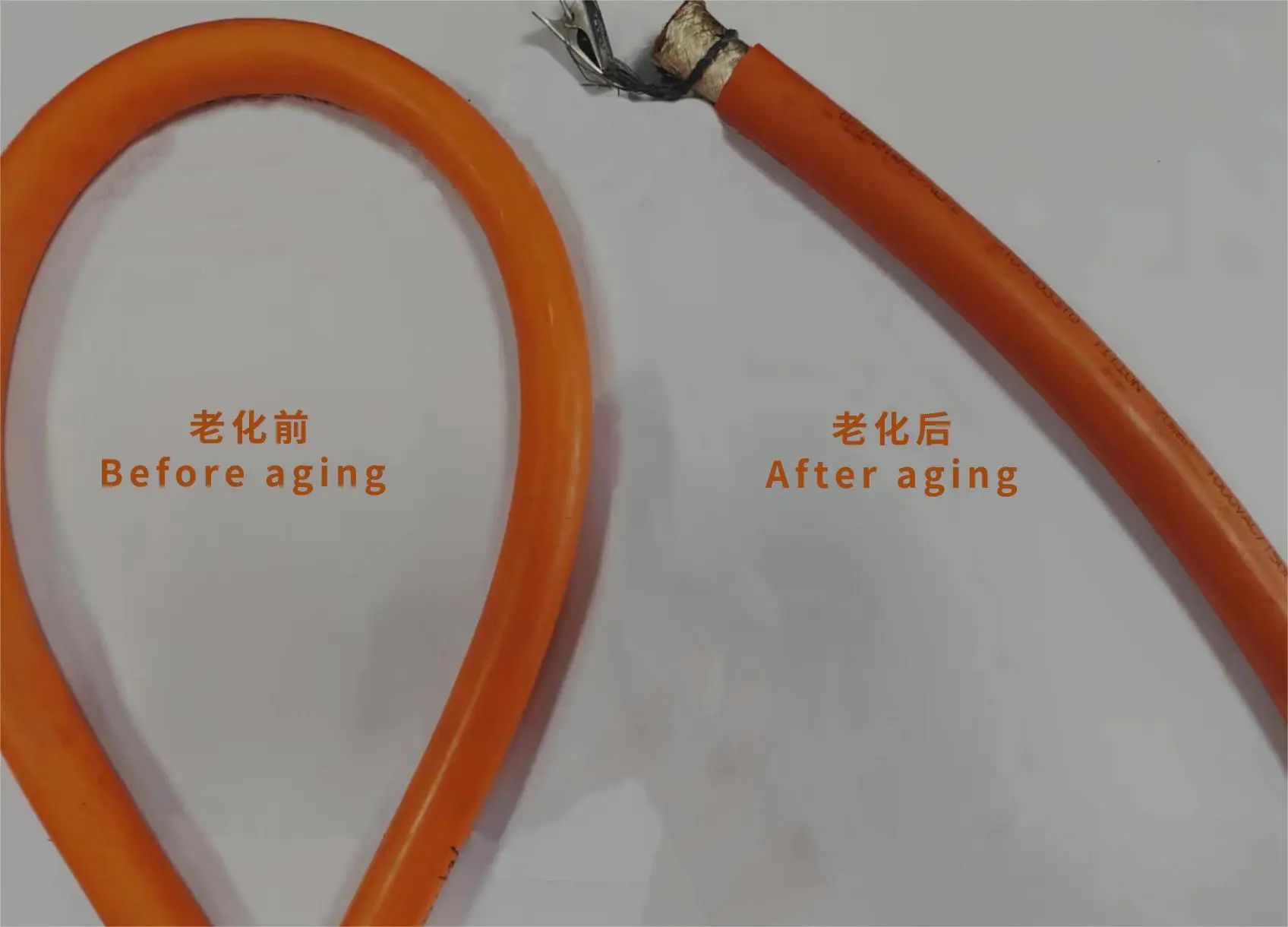

Fig.1. Irradiation cross-linking short-term aging test (240h)
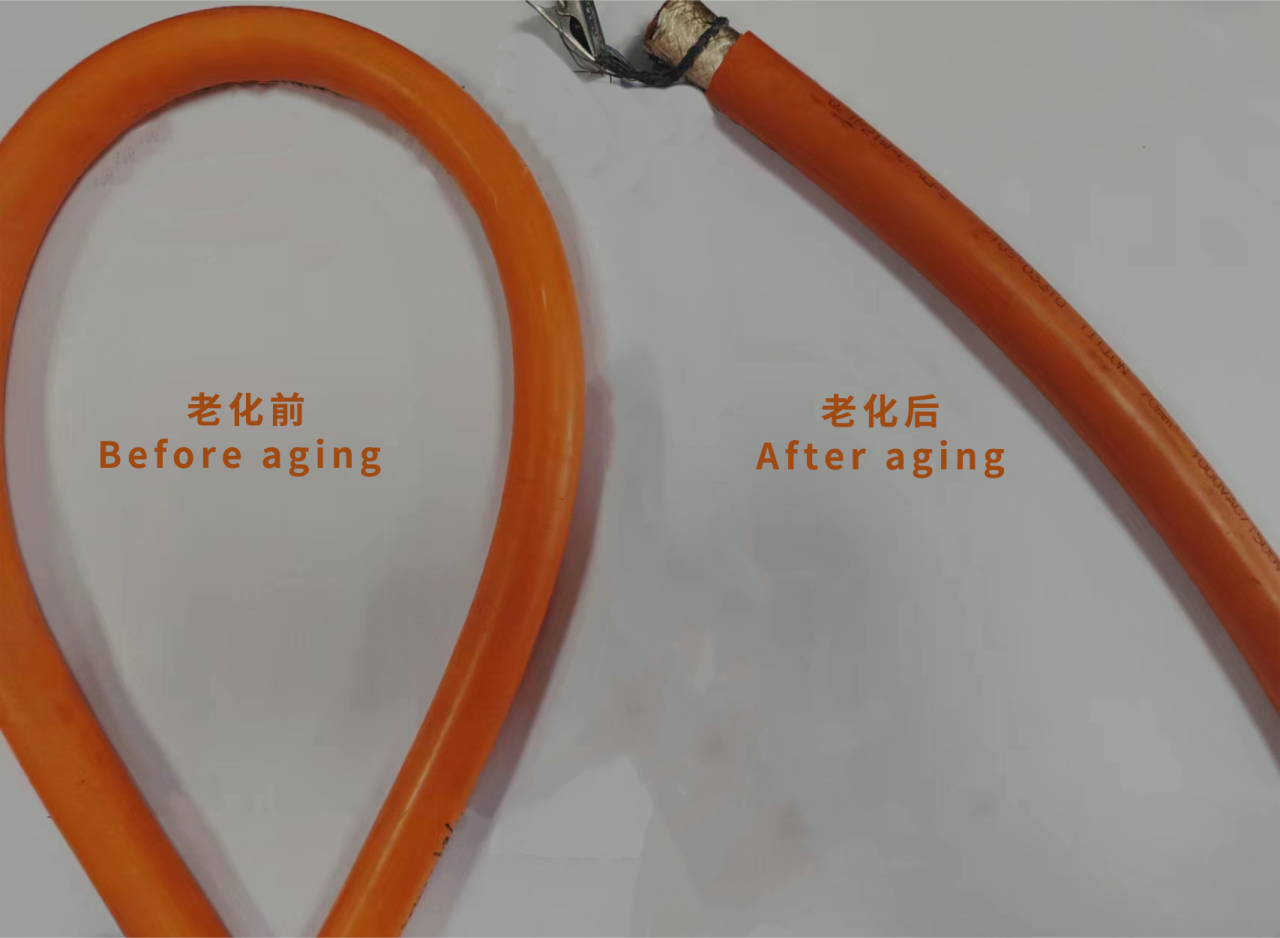
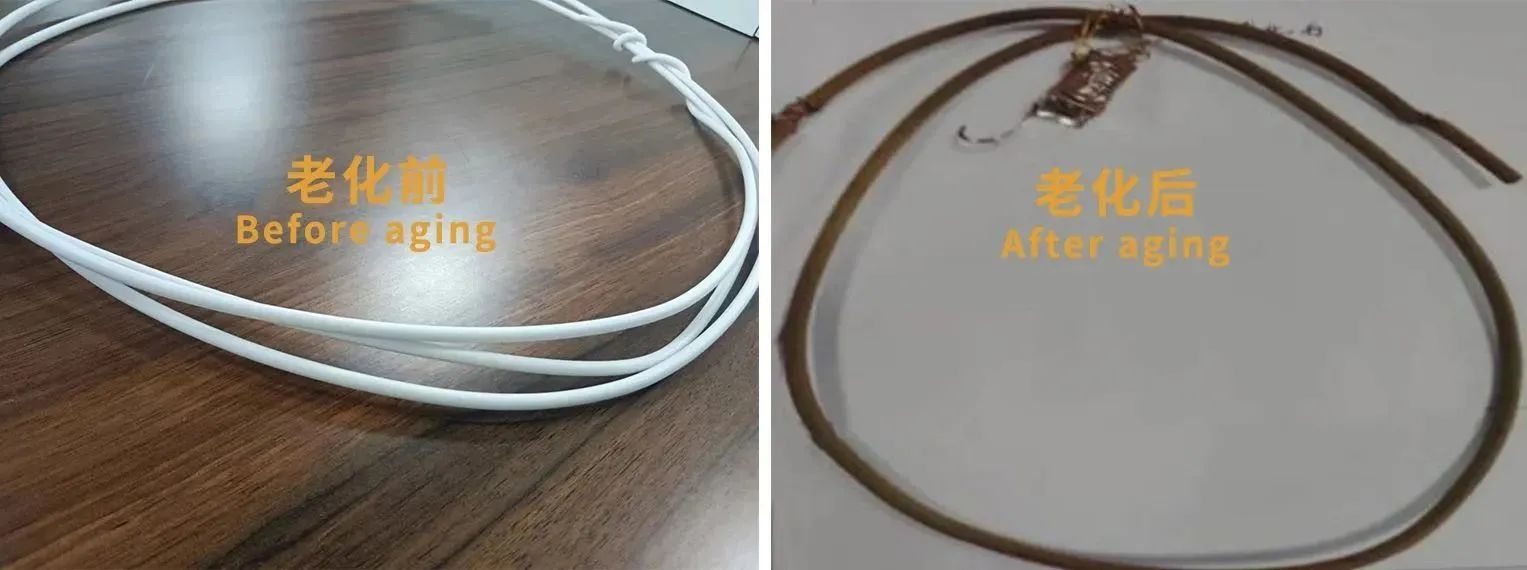
Fig.2. Long-term aging test of irradiation crosslinking (3000h)
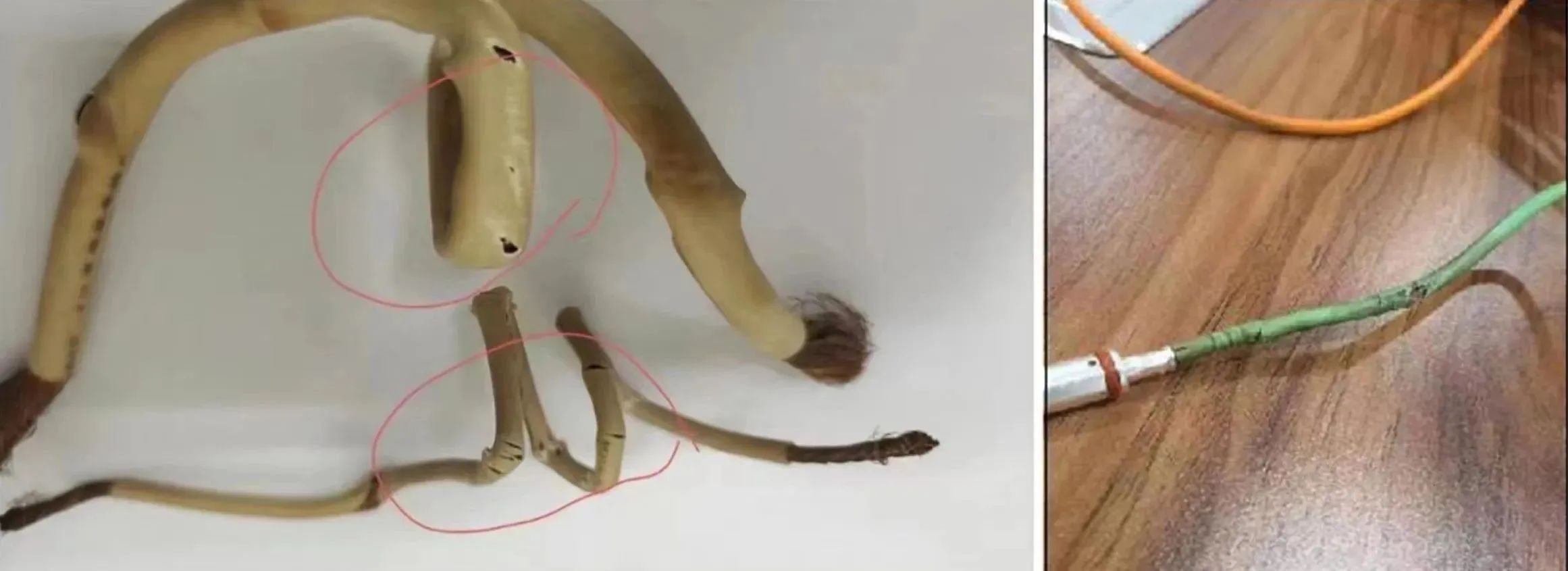
Fig. 3: Aging and cracking of the client side of irradiated cross-linking products
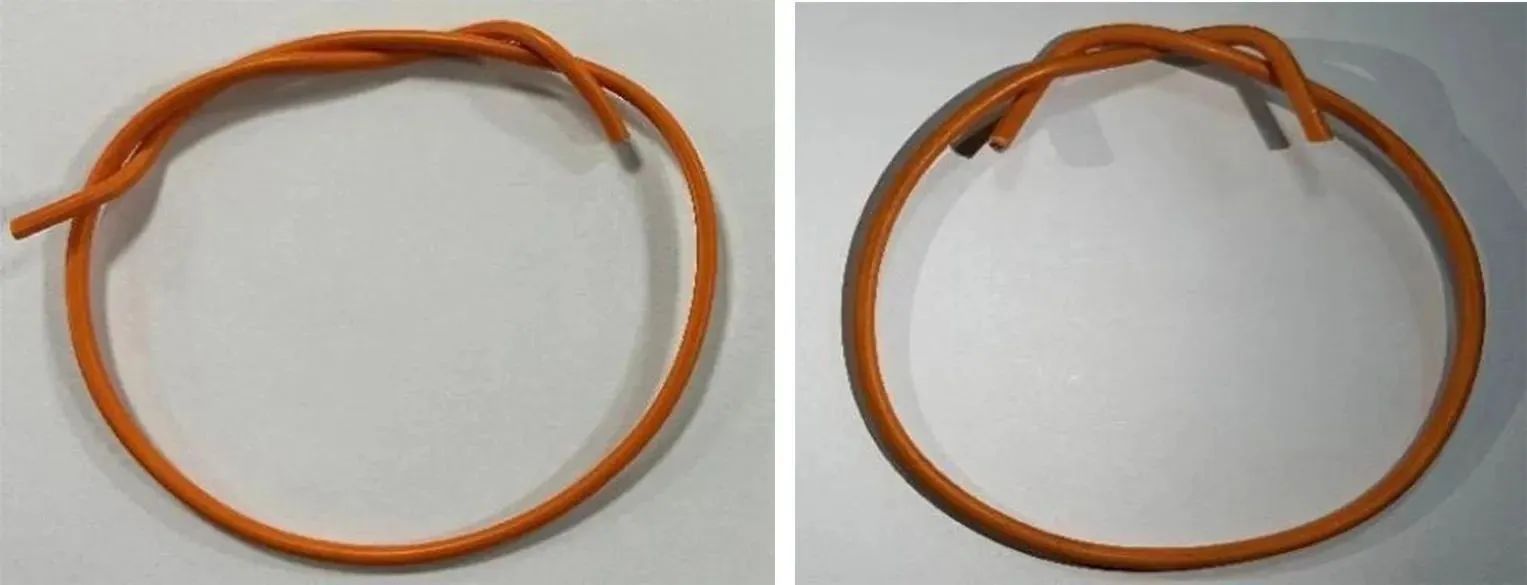
Fig. 4, before irradiation Fig. 5, after irradiation
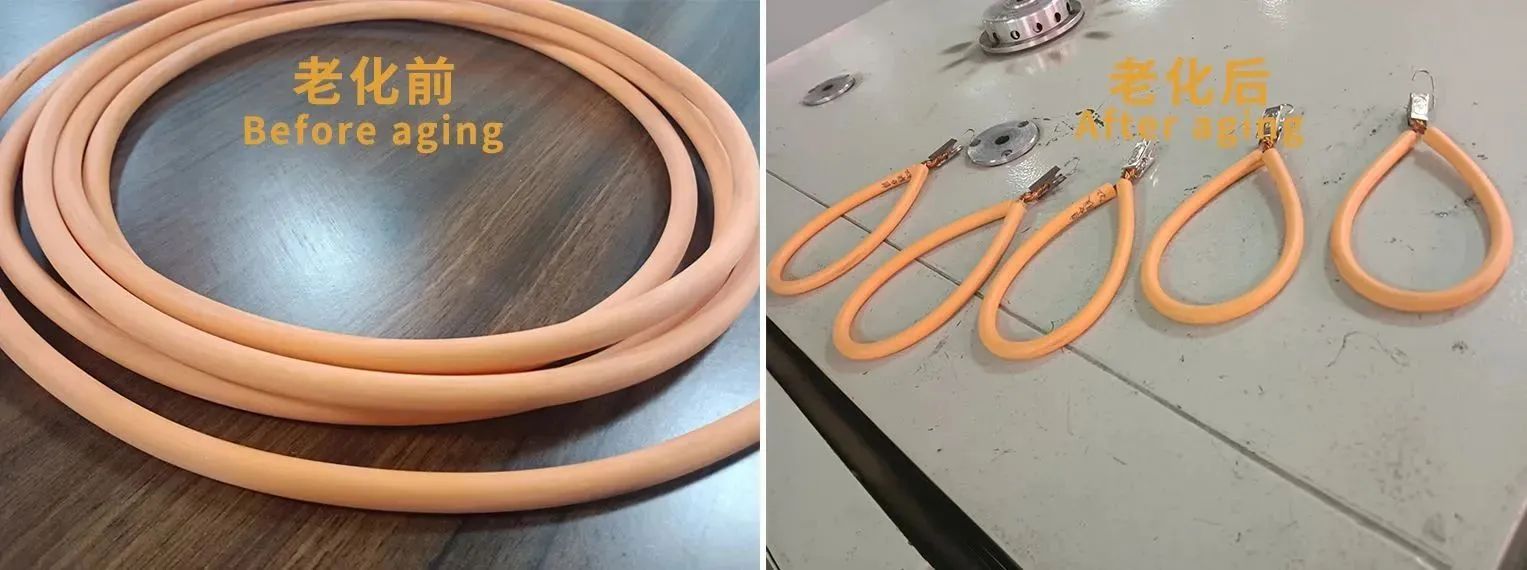
Fig. 6: Self-crosslinking short-term aging (240h) performance
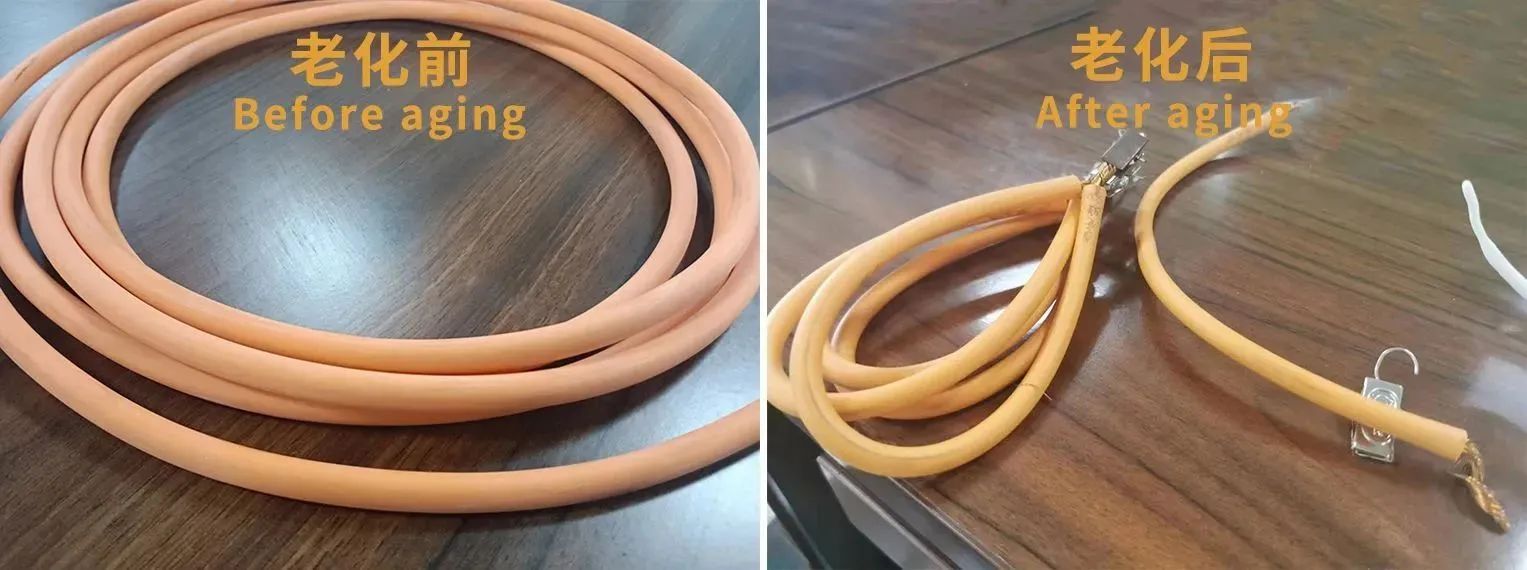
Fig. 7, self-crosslinking long-term aging (3000h) performance
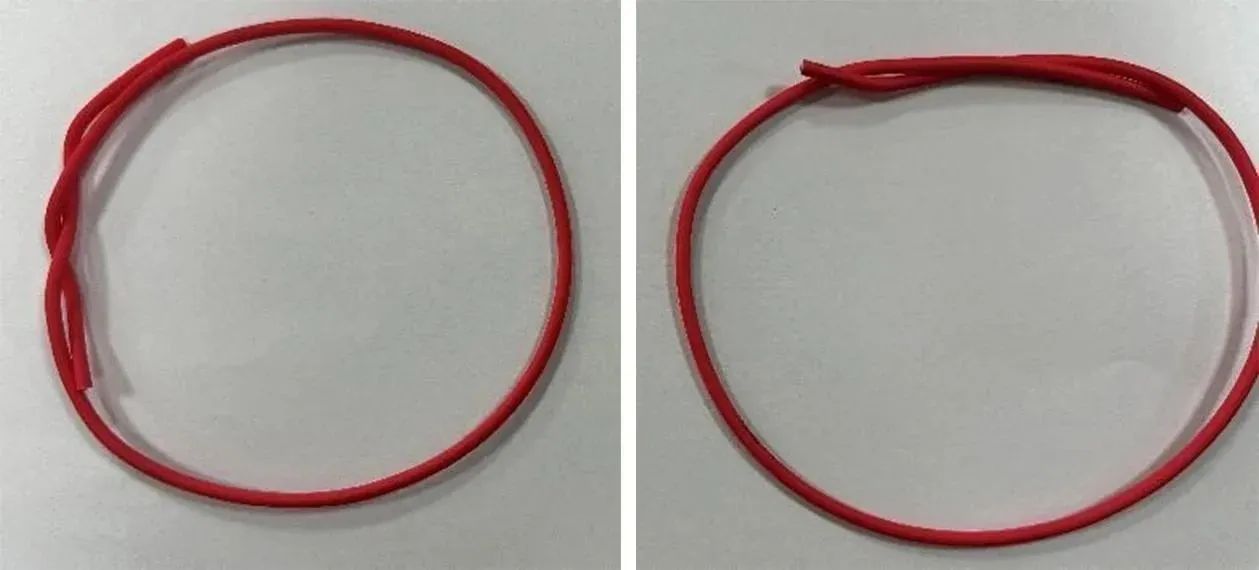
Fig. 8, before self-crosslinking Fig. 9, after self-crosslinking
It can be seen that in the application process of irradiation cross-linked cable material, irradiation will affect the antioxidant system of the material, resulting in a certain risk of its long-term aging performance. However, after short-term aging and long-term aging, the overall color and state of the natural cross-linked polyolefin cable have no obvious change.
In summary, compared with the cross-linking mechanism of irradiated cross-linked LSZH cable materials, the comprehensive performance of self-cross-linked LSZH cable materials is more stable, resulting in better self-crosslinking LSZH cable materials than irradiation cross-linked LSZH cable materials in aging performance, long-term use in clients’ end and material color changes before and after cross-linking.
四
A new solution for photovoltaic cables
At present, our company has two solutions for self-crosslinking low-smoke halogen-free flame retardant polyolefin cable materials used in the photovoltaic field:
Solution 1
Insulated 101H (XLPE) + sheath WM-Z125PA (XLPO), applied to photovoltaic cables for about 21,000km, has obtained the world's first batch three certifications of silane cross-linked photovoltaic cable materials 2pfg1169, EN50618, and IEC62930.
Solution 2
WM-Z125K (XLPO) for both insulation and sheath, which is applied to photovoltaic cables for about 5500km.
The physical properties of the materials are as follows:
Table 4 Performance of photovoltaic cable materials
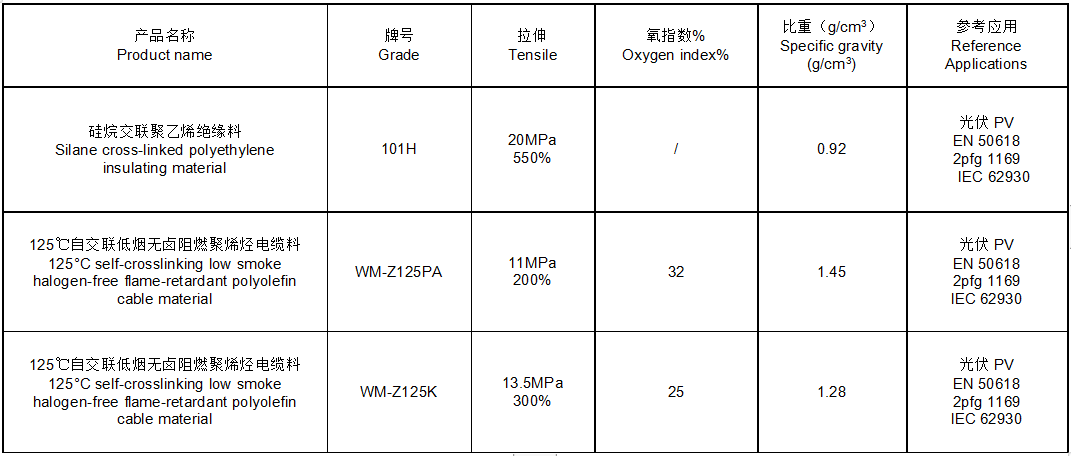
Table 5, production precautions
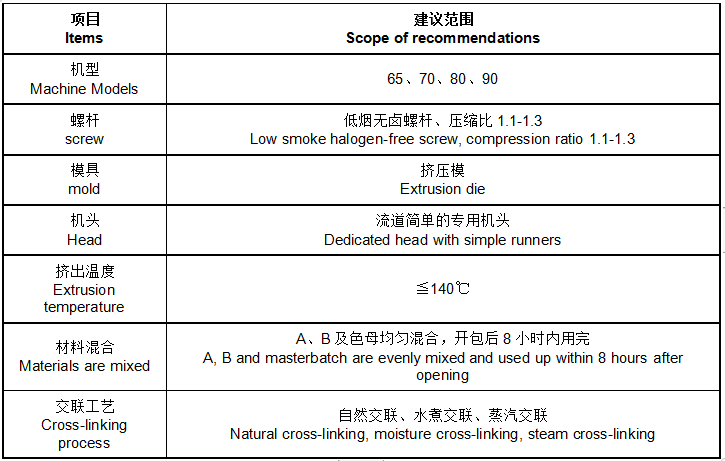
Table 6, Precautions for detection
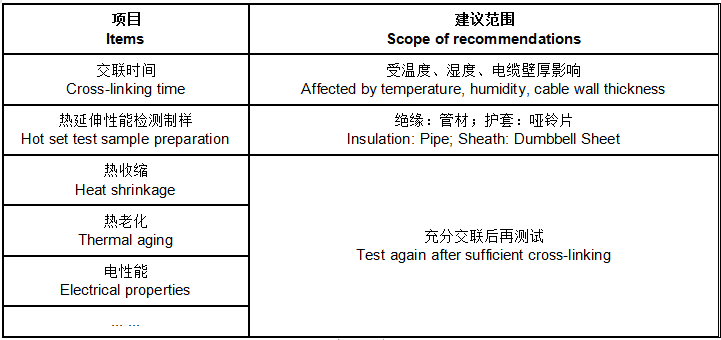
五
Conclusion
The vigorous development of the photovoltaic industry has led to the leapfrog development of the photovoltaic cable industry, and the silane cross-linked low-smoke halogen-free flame-retardant polyolefin cable material will gradually realize the replacement of traditional cable materials with environmentally friendly products, because of the excellent electrical and physical properties.
Wanma Macromolecule will always implement its corporate vision of being the environmental protection new material leader,deeply cultivate the field of new material for cable and wire, fully utilize digital and intelligent methods, develop more new products, and continue to provide customers with high-quality cable materials and services.
For more information, please call us.
Tel:+86-571-63757250 63755220